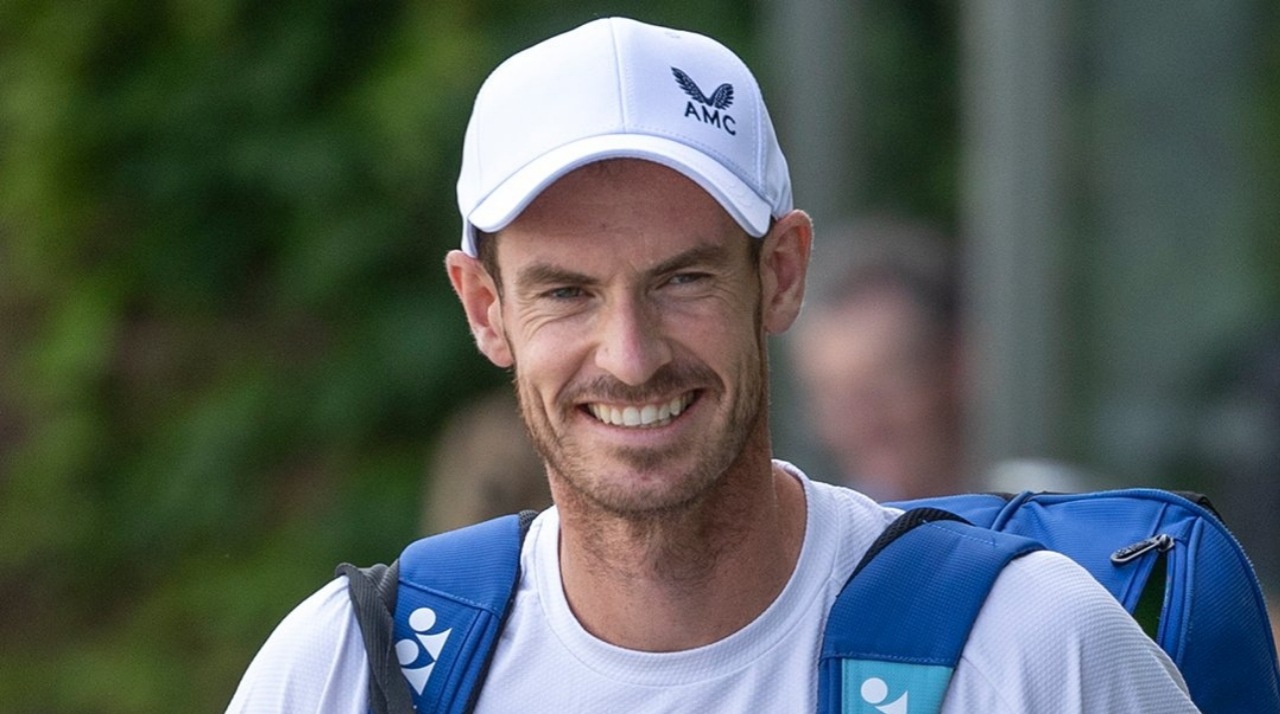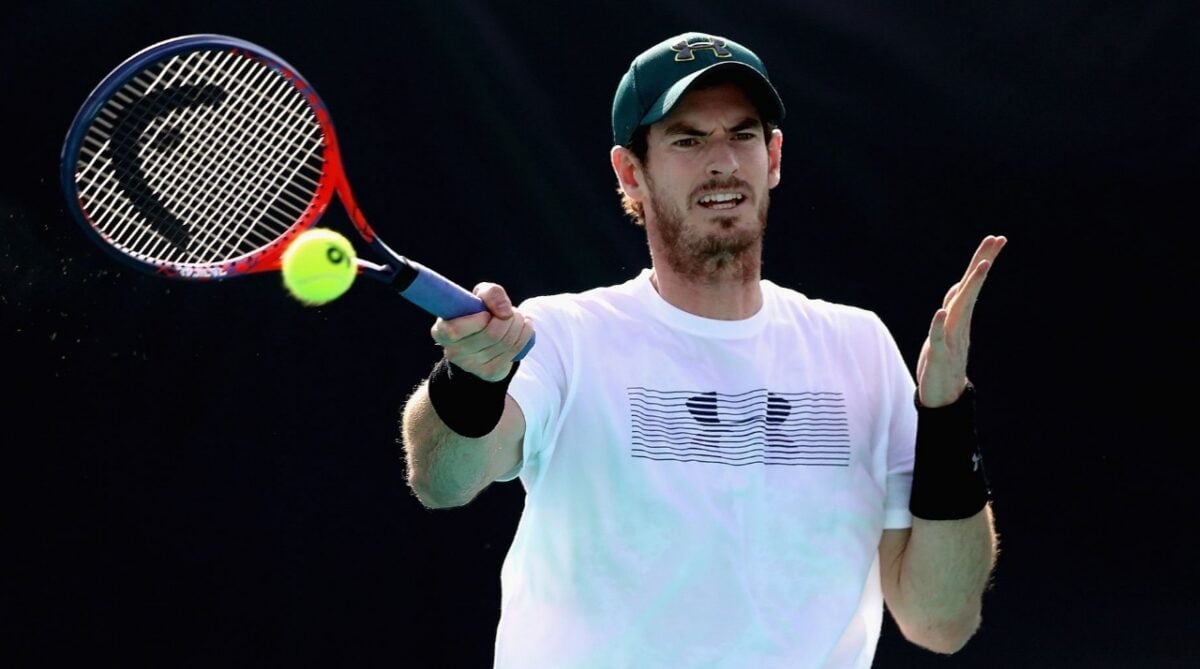Andy Murray shares hot take on his preference between the ‘old scheduling system’ and today’s longer Masters 1000 format
Andy Murray played the entirety of his tennis career with a one-week Masters 1000 schedule.

Andy Murray (Image via X/Wimbledon)
Andy Murray believes the new two-week Masters 1000 tournaments are worse than the old one-week format. The three-time Grand Slam winner has now retired but still travels to tournaments as Novak Djokovic’s coach. He thinks the longer events are becoming too much for players.
The two-week Masters schedule has been a hot topic recently. Many players, like Carlos Alcaraz and Stefanos Tsitsipas, have said they liked the old, shorter format better. Murray has added his voice to the discussion, saying the longer format is not as good.
I think, due to the longer duration of the competitions, it’s harder to achieve what happened with the Big 4. Sometimes, before, if you played in Rome and Madrid and were seeded, you had a bye in those tournaments, so you could play your first match on Wednesday, arriving in Madrid on Saturday, knowing you’d have four days of training and in 16 days, you would’ve finished two events, but now there’s none of that. So, it has changed, I think, in that sense, and I believe the other way was much better.
Andy Murray said in an interview to Tennis Majors
Murray played the entirety of his career in a one-week Masters 1000 schedule. Hence, he had enough time to prepare himself off the court to excel in Grand Slam events.
The one-week tournaments were really good. There were high-quality matches every day, you knew exactly who was going to play and when, and yes, it was demanding and tough, but… Some rules also changed. For instance, Alcaraz won on Sunday in Monte Carlo, and before you could play your first match of the following week on Wednesday, but now it’s on Tuesday, so in that situation, you rest less. So, I preferred how it was before because it probably allowed you to play more matches in a condensed period, yet then you had more time to rest and recover, whereas now the rest and recovery happen at the tournaments.
Andy Murray added
However, the changes in scheduling has been blasted by many former and current players. Former American tennis player Andy Roddick was another one who criticized the scheduling system, calling it ‘stupid and dumb’.
Andy Murray gives a simple solution for the extended schedules
Former World No.1 Andy Murray also reminded players that they are not forced to play if it becomes too hard. He said players should make choices that are best for them. If they need to skip tournaments, it should not be seen as a “big deal”.

I never made decisions based on the bonus pool, but rather if I would get points and if it affected my ranking. This could’ve been something I’d have considered, but then, as I got older and when I reflect on it, and also as I’ve said to some coaches working with younger players: You don’t have to play those tournaments. Everyone says the calendar is very long, and it is. It’s definitely a long season. And now, with the two-week events, it’s quite demanding.
Andy Murray added
The former British star has already advised some players and coaches to think carefully. He believes it’s important to put health and well-being first, even if it means missing big events.
You always have the choice not to play. Yes, you might get zero points, lose some positions in the ranking, or not be part of a bonus pool, but that’s a decision. You either say ‘I don’t want to play’ or ‘I choose to play because it’s better for me financially.’ Players have the option not to play if they don’t want to. Nothing really bad happens. It’s not like you get suspended or can’t play in future tournaments. It’s just zero points in your ranking. It’s not a big deal.
Andy Murray continued
The Madrid Open will conclude on the 4th of May. It is followed by the Rome Masters, which will conclude on 18th of May, just a week before Roland Garros. Considering that the French Open starts on Sunday rather than Monday, it adds to the debate of this extended schedule.
Iga Swiatek, the current World No.2, was one of the first players to highlight the concerns regarding the extended scheduling. However, her rival, Aryna Sabalenka, refuted those claims and believed that the tennis systems are in place to do the best for the players.
Andy Murray stresses on the difficulties in recovery due to long schedule
Three-time Grand Slam champion Andy Murray has pointed out the difficulties surrounding the extended tennis schedule. The British former player believes that the environment surrounding the players makes it difficult for them.

It’s not the normal rest either physically or mentally; it’s not the same because you arrive at the courts, train, and are surrounded by many people. I know it’s nice to be here playing, but it’s a stressful environment when there are many people and cameras watching your training instead of having a quiet environment where you can work on things and train in peace. It’s a bit different.
Andy Murray said
Carlos Alcaraz is one of the biggest examples of those players who have highlighted the burden that the extended tennis scheduling has done. The Spaniard highlighted these concerns for the first time at last year’s Laver Cup, claiming that the ATP ‘might kill him’ at some point with the intense calendar.
The consequence can be seen on Alcaraz this season as there have been some heavy injuries throughout the men’s circuit. Alcaraz won Monte Carlo and played the Barcelona Open right after. However, the accumulation of matches resulted in him playing 10 matches in 12 days, resulting in an injury in the Barcelona Open final against Holger Rune.
Alcaraz eventually had to pull out of Madrid Open due to his lack of fitness. However, this withdrawal has added fuel to the scheduling of Masters 1000 events.

